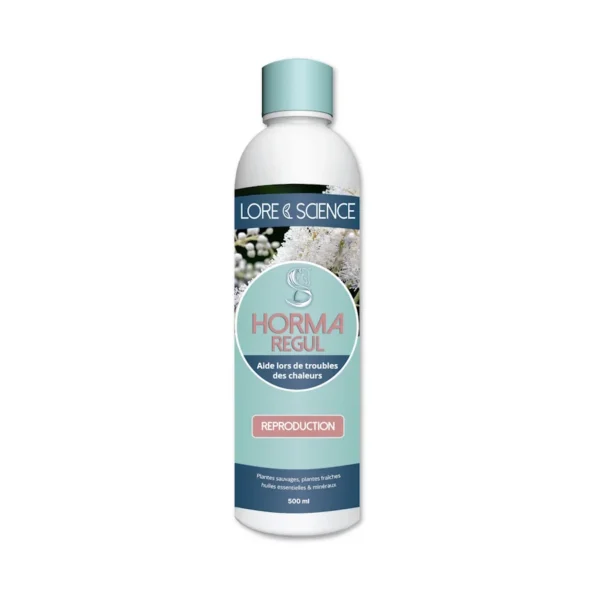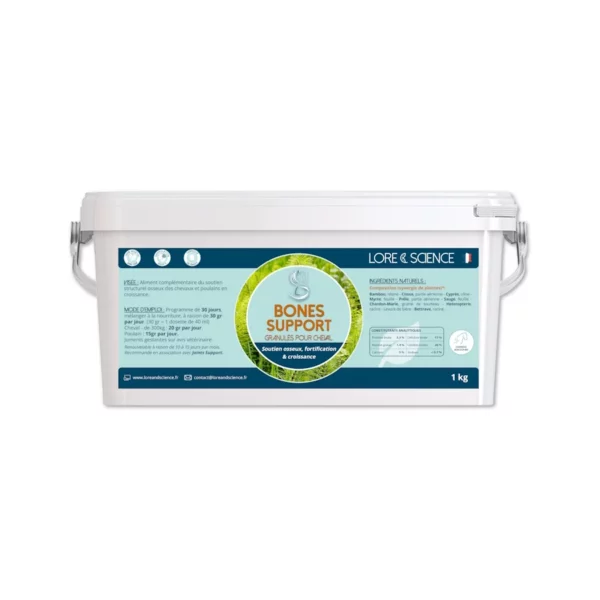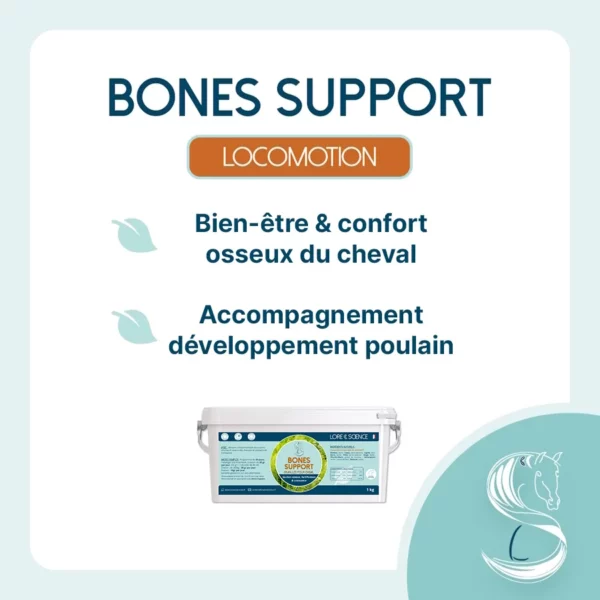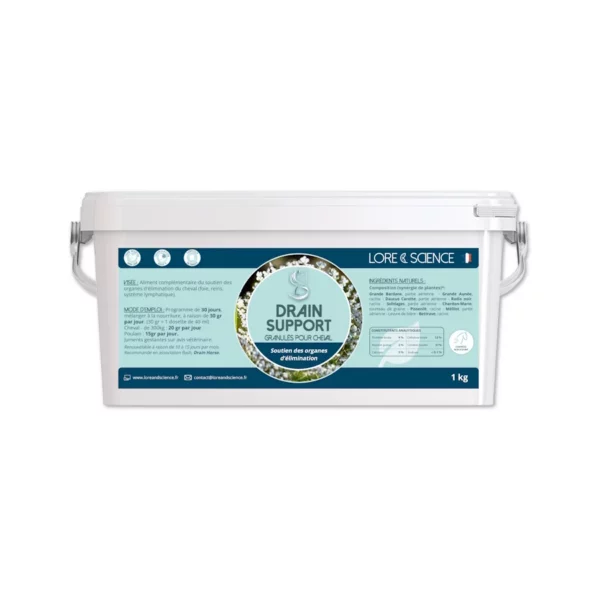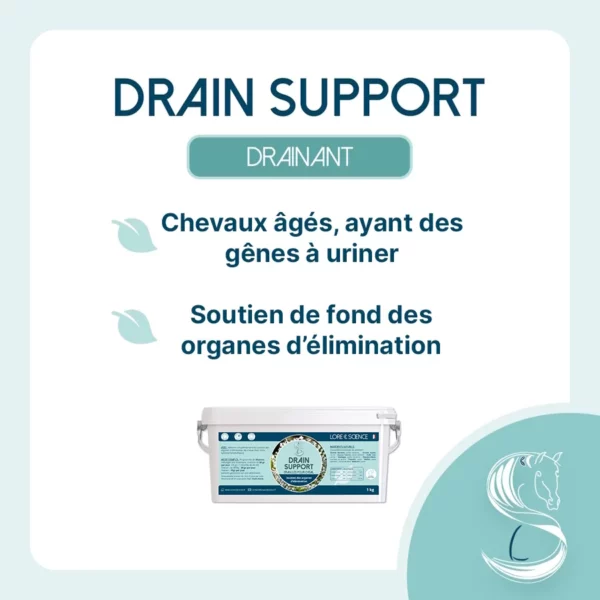The mare's reproductive cycle is complex, characterized by periods of heat (estrus) and non-heat (diestrus). Understanding the mare's reproductive cycle and knowing how to accompany her heat can play a crucial role in her well-being. Lore & Science tells you all you need to know about mares' fertility and gives you its best advice on how to accompany your equine through this cycle.
Understanding the equine reproductive cycle
A mare's reproductive cycle is a complex process that can be divided into several distinct phases. The most important and best-known phase is estrus, commonly referred to as "heat". It is during this period that the mare is most receptive to mating and displays specific behavioral and physiological signs to attract a stallion.
It's important to note that seasonality plays a key role in mares' reproductive cycles. In general, mares are considered to be seasonally polyoestrous, meaning that they exhibit regular reproductive cycles during certain seasons of the year. In many mares, these cycles are most pronounced in spring and summer, when days are longer and daylight is more abundant. During the autumn and winter months, most mares go through a period of anestrus, when they show no obvious heat.
The average length of a complete reproductive cycle in a mare is around 21 to 23 days. However, some mares may have shorter or longer cycles, which can sometimes make it difficult to accurately determine their heat period.
All in all, it's essential to keep a close eye on your mare's behaviour and physiological signs to determine the exact moment of estrus. This understanding is crucial not only for planning a mating or artificial insemination, for example, but also for providing her with the best possible support based on these symptoms.
What are the signs of heat in a mare?
In fact, there are several physiological and behavioral signs that should alert you to your animal's heat and fertility periods. In nature, these changes are essential to attracting a stallion and promoting successful reproduction. One of the first observations is often the mare's restlessness. She may seem more energetic and less calm than usual. She may trot or gallop more frequently in her paddock and actively seek out the presence of stallions. When close to stallions, some may even "flirt" by rubbing their rump or nibbling gently.
In addition, a mare in heat will urinate more frequently than usual. This frequent urination is a way of marking her territory and stimulating the interest of stallions thanks to the pheromones contained in the micturition.
Finally, the carriage of the tail is also a telltale sign of heat. The mare may lift her tail to expose her vulva more prominently. To be sure it's really heat, don't hesitate to examine the vulva, which often reveals an increase in size and a possible secretion of mucus. The vulva may appear more relaxed and open to facilitate mating. The duration of estrus can vary from mare to mare, but generally lasts from five to seven days.
What are heat-related disorders in mares?
Oestrus can be a source of various problems for mares, as their hormonal cycle can be disrupted. Pain or infertility can be a cause for concern. The absence of hormonal cycles is known as anestrus. This can be due to a variety of reasons, including hormonal imbalances, underlying medical conditions or even environmental factors.
Other disorders can make it difficult to conceive, such as endometritis, an inflammation of the uterus often associated with bacterial infections. This tends to lead to irregular cycles, making conception more difficult. Mares can also have ovulation disorders, where they fail to release a mature egg properly during estrus.
In addition, when mares come into heat, they may experience ovarian pain or "pissing", with significant behavioural problems. In such cases, it may be important to have a veterinarian diagnose the condition to check for the absence of conditions such as those mentioned above, or others such as polycystic ovaries. In this case, the mare's ovaries develop multiple small cysts instead of normally producing follicles for ovulation.
To support and help a mare suffering from irregular cycles, or to maintain a good hormonal cycle, you can use herbal supplements. Regular, careful observation of your horse will enable you to spot these problems and report them to your vet if necessary, who will advise you on appropriate treatment.
How to relieve heat in mares?
Even without a related condition, heat waves can be a difficult time for your pet. Fortunately, there are ways to provide effective, lasting relief.
In general, access to the outdoors, regular exercise and a healthy environment will help your mare relieve her restlessness while reducing potential stress. Avoiding stressful or agitating factors, such as proximity to uncastrated stallions, can minimize heat-related behaviors.
On the other hand, certain nutritional supplements can help alleviate heat symptoms. For example, scientifically proven herbal supplements such as Horma Regul help regulate hormonal disorders. It is recommended for mares with heat disorders, painful heat or "pissing".
Some horse owners use alternative therapies such as massage or acupuncture to help relieve heat. These approaches can help to relax the mare and alleviate symptoms. Nevertheless, if your mare's heat is particularly bothersome, or if it is accompanied by unusual symptoms, it is essential to consult a veterinarian. Heat that is excessively painful or accompanied by abnormal bleeding may be a sign of an underlying medical problem. It's important to note that every mare is unique, and what works for one may not work for another. It is advisable to work closely with a veterinarian to develop a heat management plan tailored to your mare's specific needs. The aim is to ensure her comfort and well-being throughout her natural reproductive cycle.
Share your experience or questions with us in the comments ↓


